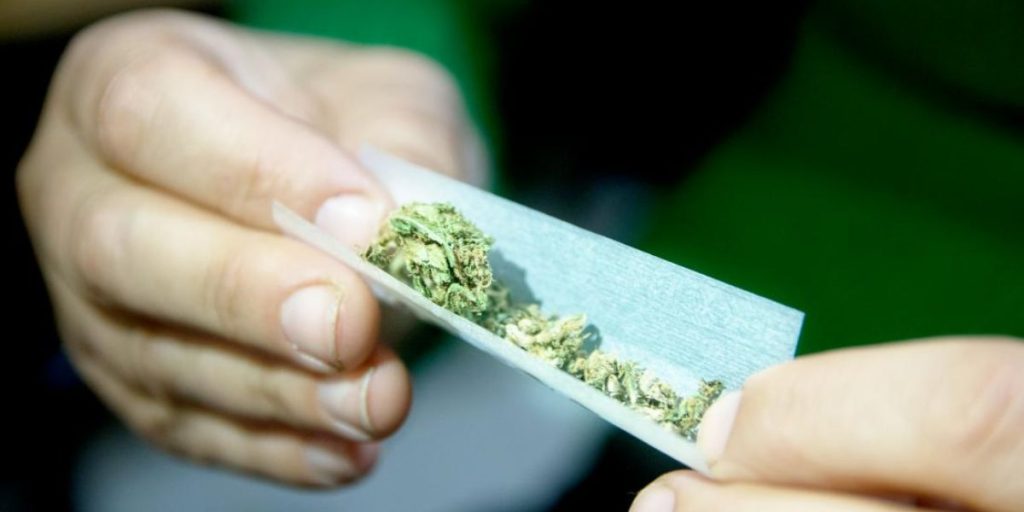According to recent research conducted by the Substance Abuse and Mental Health Services Administration, Louisiana ranks 42nd among 50 states in terms of marijuana use, with only 9.04% of persons aged 12 and up reporting past-year consumption. However, inside the state, New Orleans is the leading city for cannabis use.
About New Orleans
New Orleans, Louisiana’s largest and most populous city, has a rich history of cannabis culture. Since the early twentieth century, jazz musicians and artists have embraced the plant for its uplifting and calming effects.
New Orleans made history in 2016 by becoming the first city in Louisiana to legalize marijuana possession. This change reduced the fine for possessing up to 14 grams of cannabis to $40 for first offenses and $60 for future ones.
The goal was twofold: to relieve the burden on the criminal justice system and rectify racial inequities in marijuana-related arrests, while simultaneously recognizing changing public attitudes about cannabis.
Subsequent data from the National Survey on Drug Use and Health demonstrated an increase in marijuana use in New Orleans. By 2019, an estimated 15.6% of inhabitants aged 12 and over had used marijuana in the previous year, compared to 11.9% in 2016.
This puts New Orleans at the forefront of cannabis usage in Louisiana and one of the top in the country.
While some see this increase as a step toward legalization, others are concerned about the health and social consequences connected with marijuana use, particularly among young people and vulnerable communities.
Comparative Analysis of Louisiana and Other States

Louisiana has some of the harshest cannabis regulations in the nation, and it is one of the few states that still prohibits recreational marijuana use.
According to a recent Substance Abuse and Mental Health Services Administration research, Louisiana has the 42nd highest marijuana use rate among the 50 states. Only 9.04% of residents aged 12 and up reported past-year use.
Louisiana approved medical marijuana in 2015, but progress has been slow. The state has only nine approved medical marijuana pharmacies that serve the entire population, with two permitted cultivators.
Access to medicinal marijuana requires a doctor’s authorization, and only certain forms are permitted, such as oils, capsules, sprays, and lotions. It is illegal to smoke or vape cannabis, even for medical purposes.
Louisiana passed reforms in 2022 that decriminalized possession of up to 14 grams of marijuana, allowed nurse practitioners to prescribe medicinal marijuana, and granted immunity to out-of-state medical cannabis users.
Louisiana regulates cannabis more conservatively and restrictively than other states. As of 2024, 18 states and the District of Columbia have legalized marijuana for recreational use, while 36 states and four territories have approved medical marijuana.
States such as Colorado, California, and Oregon have legalized cannabis, resulting in increased tax income and job development. Recently, states such as New York, New Jersey, and Virginia have approved laws to decriminalize marijuana and expunge prior convictions.
Louisiana falls behind the national trend toward cannabis acceptance and regulation. Despite significant success in extending the medicinal marijuana program and lessening criminal penalties, the state still has a long way to go to keep up with the changing landscape of cannabis legalization.
Conclusion
New Orleans, despite being in Louisiana, stands out with higher cannabis use rates, reflecting shifting attitudes toward marijuana. Louisiana’s conservative cannabis laws contrast with the national trend of legalization, hindering progress. While reforms have been made, the state has yet to align with the evolving landscape of cannabis acceptance and regulation seen across the United States.